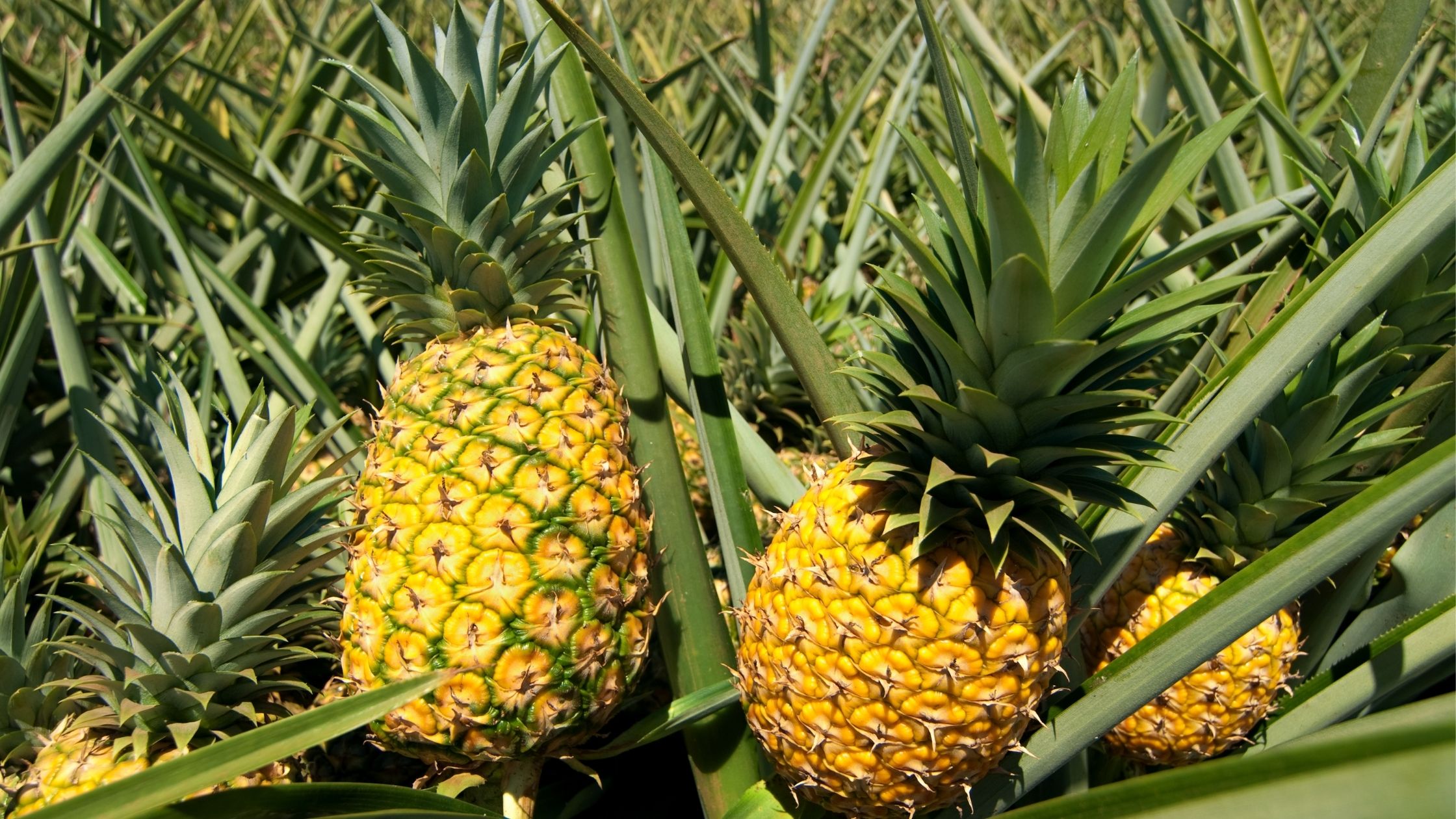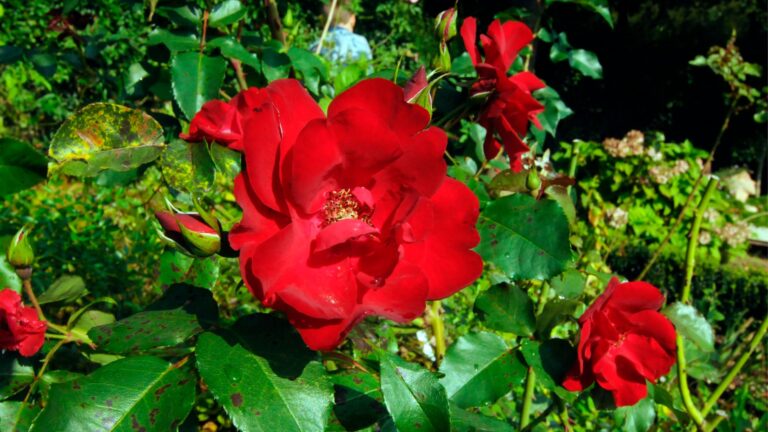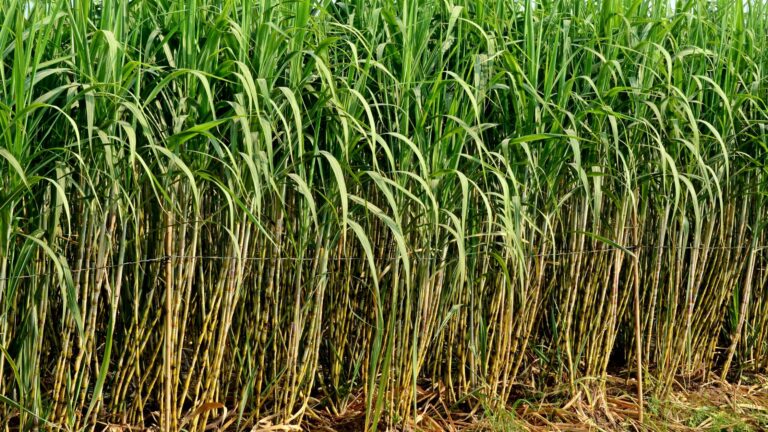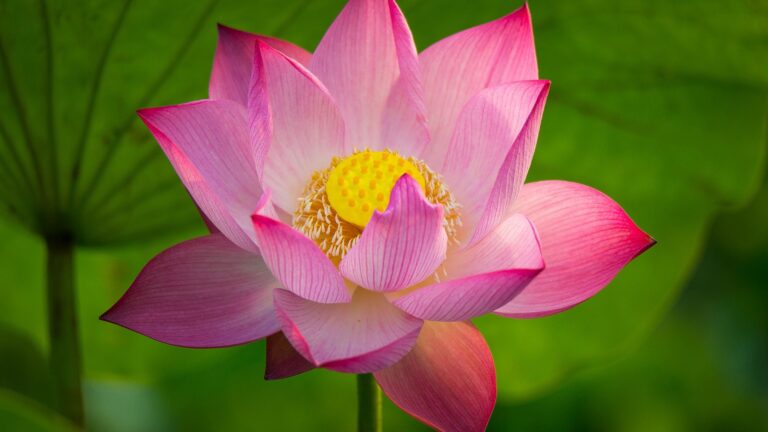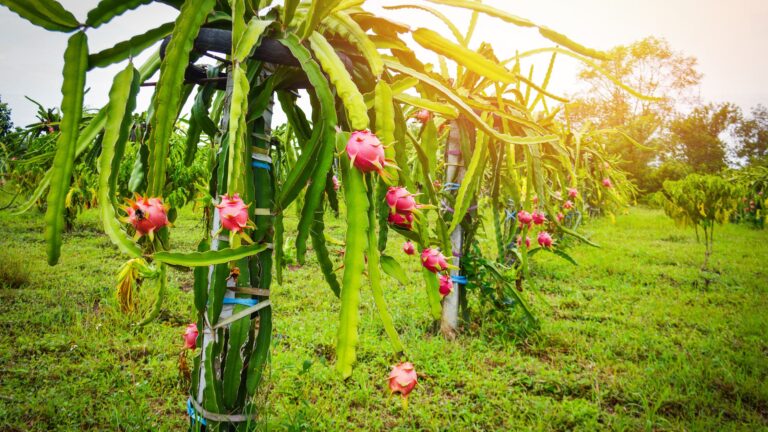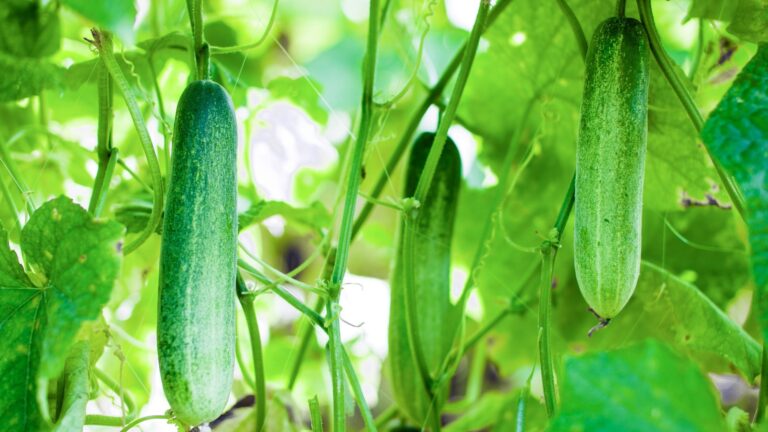Adventure of Pineapple Gardening
Gardening pineapples is a rewarding, albeit slow, journey. The bromeliad family includes the tropical perennial pineapple, also…
Gardening pineapples is a rewarding, albeit slow, journey. The bromeliad family includes the tropical perennial pineapple, also known as Ananas comosus. In contrast to many other plants, it gets a large portion of its nutrients and water from its leaves, which direct moisture toward the center of the plant. Its care depends on this special quality.
Choosing and Preparing Your Pineapple Gardening plot
Choosing Top for Pineapple gardening
The grocery store is where your adventure starts. Choose a pineapple whose crown is bright green and healthy. Steer clear of those with moldy, yellow, or brown leaves as these suggest a less promising start.
Once you have your pineapple, it’s time for pineapple gardening. Popular methods for removing the crown:
The Twist Method of pineapple gardening: Using one hand, firmly grasp the pineapple’s body, and using the other, grasp the leafy crown. Rotate the crown until it comes away from the fruit with a firm twist.
The Slice Method pineapple gardening: If twisting seems too difficult, cut off the crown of the leaves about 1 inch (2.5 cm) below the base with a sharp knife.
Lastly, you have to dry (or “cure”) the crown, which is an unavoidable step. For three to seven days, place the prepared crown in a warm, dry, shaded location. When exposed to moisture, this greatly lowers the chance of fungal rot by allowing the cut end to heal and develop a callus.
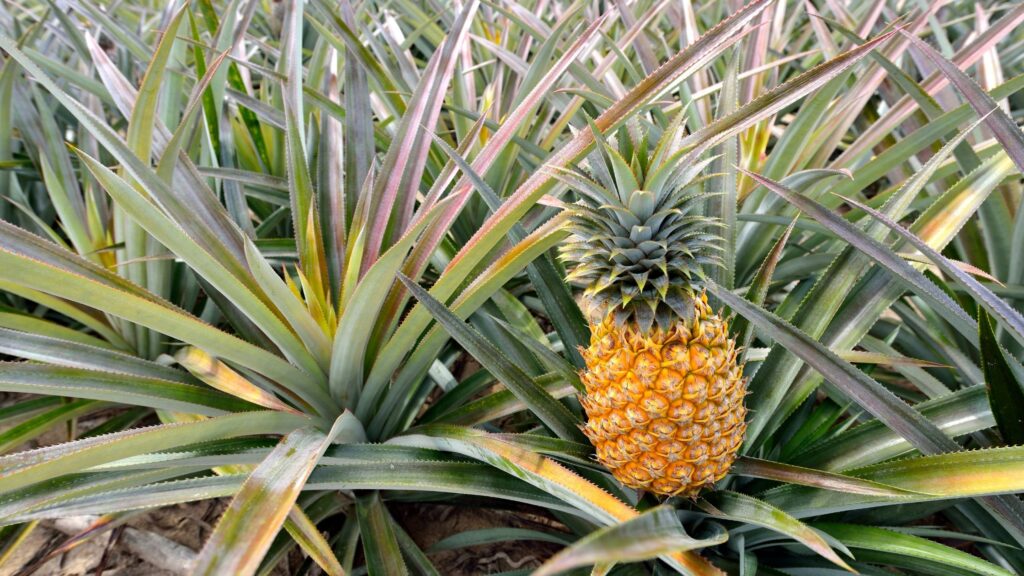
Which is better for rooting for success: soil or water?
Water Rooting (The Visual Method): Make sure that only the very bottom of the stem is submerged by suspending the crown over a glass of water. To stop bacteria from growing, change the water every one to two days.
Soil Rooting: For a more solid start, soil rooting, also known as the “sturdier method,” is frequently advised. Select a pot with good drainage holes that is at least 6 to 8 inches (15 to 20 cm) in diameter. Fill it with a potting mix that drains well; a blend made for bromeliads, succulents, or cacti works well. You can also make your own by combining coarse sand, perlite, and peat moss in equal amounts.
Also, follow Container Gardening: All About the Pineapple
Nurturing Your Tropical Beauty
Finding the ideal environment for pineapple gardening, whether it is in soil or water.
Sunlight lover : Pineapples love the sun! For them to flourish and eventually bear fruit, they require at least six hours of direct sunlight each day.
Watering : When it comes to watering. Pineapples prefer to dry out in between waterings because they can withstand drought. One sure fire way to cause root rot is to overwater. When the top inch or two of soil feels completely dry, water it thoroughly.
Temperature: Warmth is ideal for these plants. Keep the temperature between 18°C and 35°C (65°F to 95°F). At all costs, keep them safe from frost.
Fertilizing : Pineapples don’t require a lot of fertilizer. Feed your plant with a balanced liquid fertilizer diluted to half strength every two to three months during the spring and summer growing season.
Shifting : You’ll need to repot your plant into bigger containers as it gets bigger. A mature fruiting plant should typically be grown in a pot that is 10–12 inches (25–30 cm) in diameter.
Keep patient : This is the most important component. The time between planting the crown and harvesting your first fruit can range from 18 months to 3 years.
Ready for reward :
Your plant may be ready to bear fruit after one and a half to two years, when it has grown sturdy roots and at least 70 to 80 mature leaves. A bright flower stalk will emerge from the center first, then tiny purplish flowers that will eventually combine to form the pineapple fruit.
Also read Successful Aloe Vera gardening tips: happy plant

